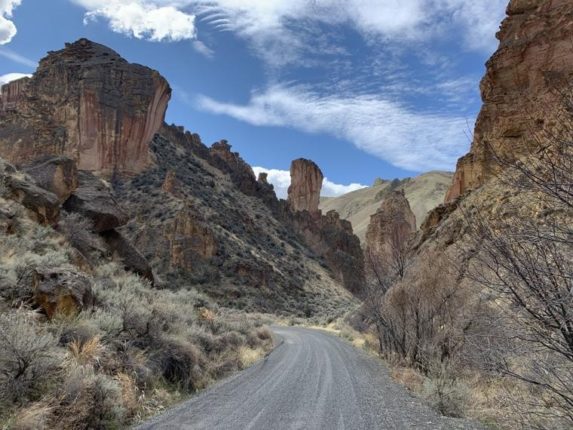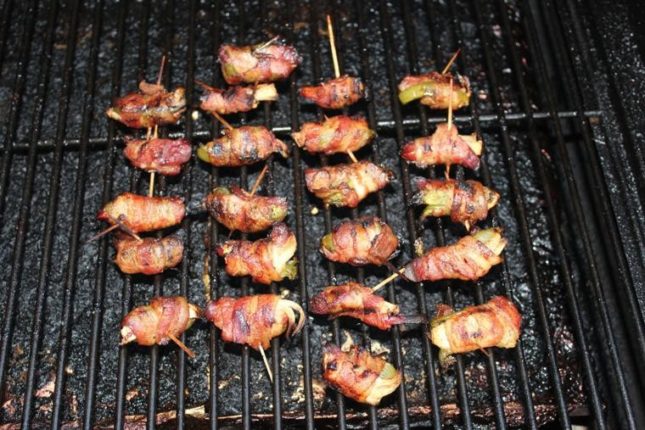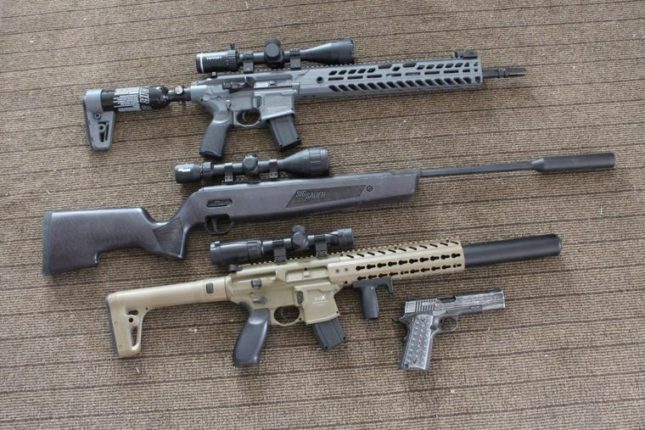There are some turkey hunting fanatics out there. In fact, you may be one of them. Here are a few symptoms/signs:
1. You like turkey hunting almost as much as you do elk hunting.
2. You get the DT’s when you hear a gobble reverberating through the woods.
3. You have or almost have lost a job over turkey hunting.
As you know, spring is the big time to hunt turkeys. The Toms are strutting and trying to impress the hens and calling one can almost be as cool as calling in a bull.
BUT … before you actually go hunting you have some important tasks to complete and a few choices to make. First, you need to decide which ammo to use. When I was a kid pretty much all we had was lead No. 2 shot. 30 to 40 yards was about the max for range.
A lot has changed since then. No longer do a lot of people use their trusty ole dove or duck shotgun. Many hunters have a turkey hunting shotgun. One big reason is, with the shells we now have, you can roll a turkey out to 50 to 60 yards. So, you have to aim at an actual body part (head/neck) just like when hunting with a rifle.
It no longer suffices to use your bead sights on your regular shotgun. A lot of Turkey Hunters (TH) now use a scope or red dot sight. Riton Optics has a cool Red Dot Scope and a 3x magnifier that you ought to use.
The next thing you need to do is to choose your ammo. There are a lot of options on the market nowadays, and a lot of them work ok but of all the ammo that I’ve tested HEVI-Shot is hands down the best. I did a comparison once for Bass Pro Shop and some of the competitors had 17-34 BBs in the kill zone if I remember correctly. HEVI-Shot had 119! The kill zone looked like Swiss cheese.
After choosing your ammo you need to sight in your shotgun just like you do when sighting in your rifle so the main pattern hits where you want it to. But whoa, before you shoot you need to get a good choke to maximize your shotguns performance. I use Trulock chokes. You’ll want to use a tight choke.
Turkey loads kick so I use a Caldwell Lead Sled or a Caldwell Hydrosled to do my sighting in, especially if you’re dumb enough to use some HEVI-Shot 3 ½-inch magnums. They’re a killer (on both ends). And also, I like to use the Birchwood Casey turkey targets (Their Shoot NC targets). That way I can easily count how many BB’s hit in the kill zone.
You’ll want to sight in your shotgun right below the head. You don’t want to shoot at the head and half of the BB’s go flying harmlessly overhead. Shoot at the neck so the turkey gets the main brunt of the pattern.
Now you’re ready to go turkey hunting. Good luck.
Tom Claycomb lives in Idaho and has outdoors columns in newspapers in Alaska, Idaho, Utah, Nevada, Colorado and Louisiana.He also writes for various outdoors magazines and teaches outdoors seminars at stores like Cabela’s, Sportsman’s Warehouse and Bass Pro Shop.



